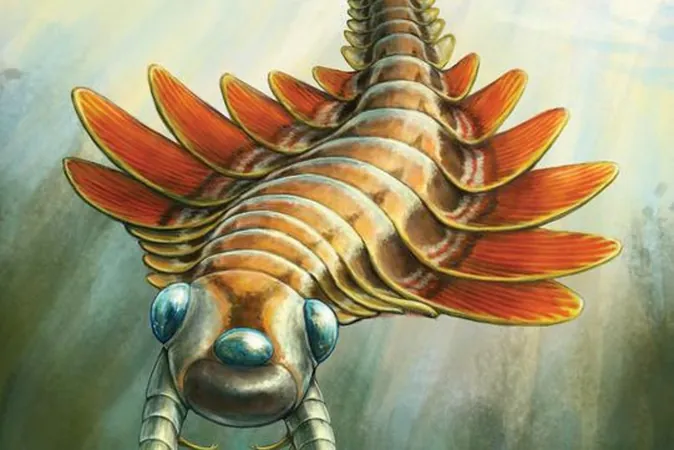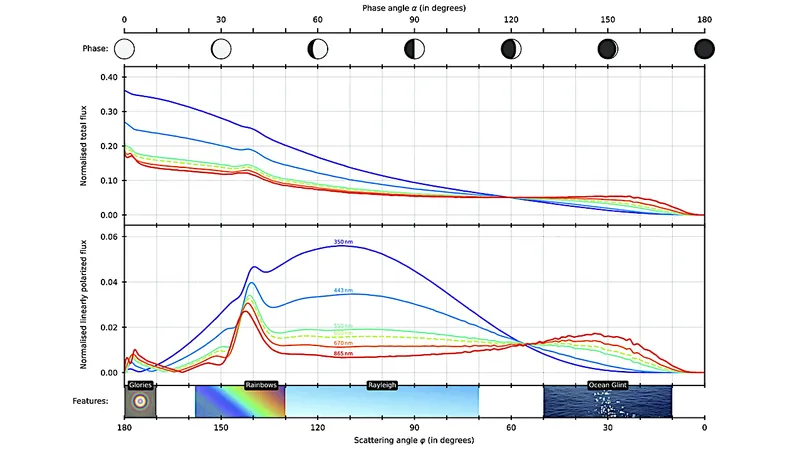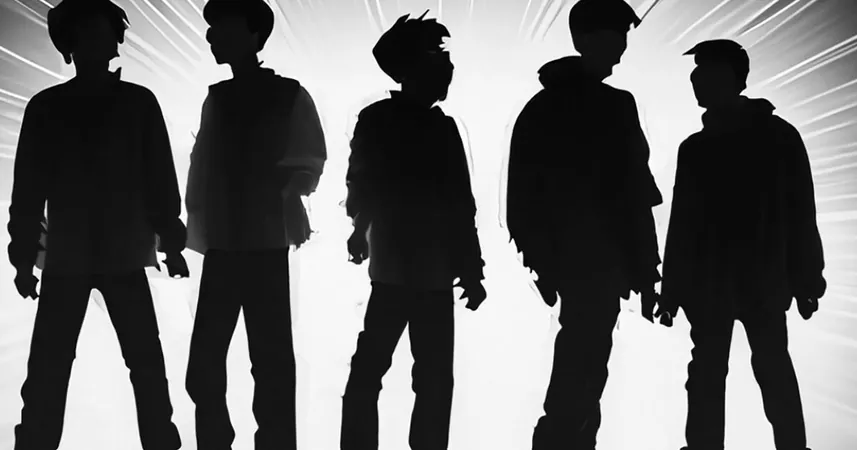
Unveiling Ancient Wonders: The Three-Eyed Predator That Defies Nature
2025-05-20
Author: Nur
A Shocking Discovery in Canada's Burgess Shale
In an astounding revelation, scientists have unearthed a remarkable fossil in Canada's famed Burgess Shale, unveiling a unique predator that roamed the Earth over 500 million years ago—complete with three eyes! This creature, named Mosura fentoni, not only resembles the legendary Japanese kaiju Mothra, but it also gives us a glimpse into a bizarre and distant past.
Meet Mosura fentoni: The Sea Moth of Prehistoric Oceans
Mosura fentoni, dubbed the "sea moth" for its broad swimming flaps and slender body, measured about the length of your index finger. With spiny claws and a circular mouth lined with sharp teeth, this ancient hunter was a member of the now-extinct group known as radiodonts, which included giants like the one-meter-long Anomalocaris canadensis.
An Evolutionary Puzzle: Why Three Eyes?
This extraordinary creature's body was segmented in a way that sets it apart from any living animal today. According to a study published in the journal Royal Society Open Science, Mosura displays a fascinating example of evolutionary convergence with modern creatures like horseshoe crabs and insects. Joe Moysiuk, co-author of the study, remarked on its rear segments that likely facilitated more efficient respiration, hinting at its adaptation to specific habitats.
Deep Roots in the Arthropod Family Tree
Surprisingly, Mosura is distantly related to today’s moths and shares a lineage with arthropods such as spiders and crabs. Jean-Bernard Caron, another researcher, emphasized the significance of radiodonts, stating, "They represent the earliest branches of the arthropod tree, offering vital insights into ancestral traits for all arthropods." This discovery showcases the astonishing diversity and adaptability of these early creatures, echoing traits seen in their modern relatives.
An Open System of Secrets
Unlike modern creatures, Mosura lacked arteries and veins, operating instead with an "open" circulatory system. This involved a heart pumping blood into vast internal cavities, or lacunae. Dr. Moysiuk noted that the well-preserved circulatory system in Mosura provides critical information that helps researchers decipher similar, albeit less distinct, features found in other fossilized remains.
Conclusion: A Window to Our Planet's Ancient Past
The discovery of Mosura fentoni is not just a curiosity; it reshapes our understanding of the evolution of arthropods and highlights how even the most alien forms of life contributed to the great tapestry of natural history. As scientists continue unraveling the mysteries of these ancient seas, Mosura stands as a testament to the bizarre diversity of life that once thrived on Earth.





 Brasil (PT)
Brasil (PT)
 Canada (EN)
Canada (EN)
 Chile (ES)
Chile (ES)
 Česko (CS)
Česko (CS)
 대한민국 (KO)
대한민국 (KO)
 España (ES)
España (ES)
 France (FR)
France (FR)
 Hong Kong (EN)
Hong Kong (EN)
 Italia (IT)
Italia (IT)
 日本 (JA)
日本 (JA)
 Magyarország (HU)
Magyarország (HU)
 Norge (NO)
Norge (NO)
 Polska (PL)
Polska (PL)
 Schweiz (DE)
Schweiz (DE)
 Singapore (EN)
Singapore (EN)
 Sverige (SV)
Sverige (SV)
 Suomi (FI)
Suomi (FI)
 Türkiye (TR)
Türkiye (TR)
 الإمارات العربية المتحدة (AR)
الإمارات العربية المتحدة (AR)